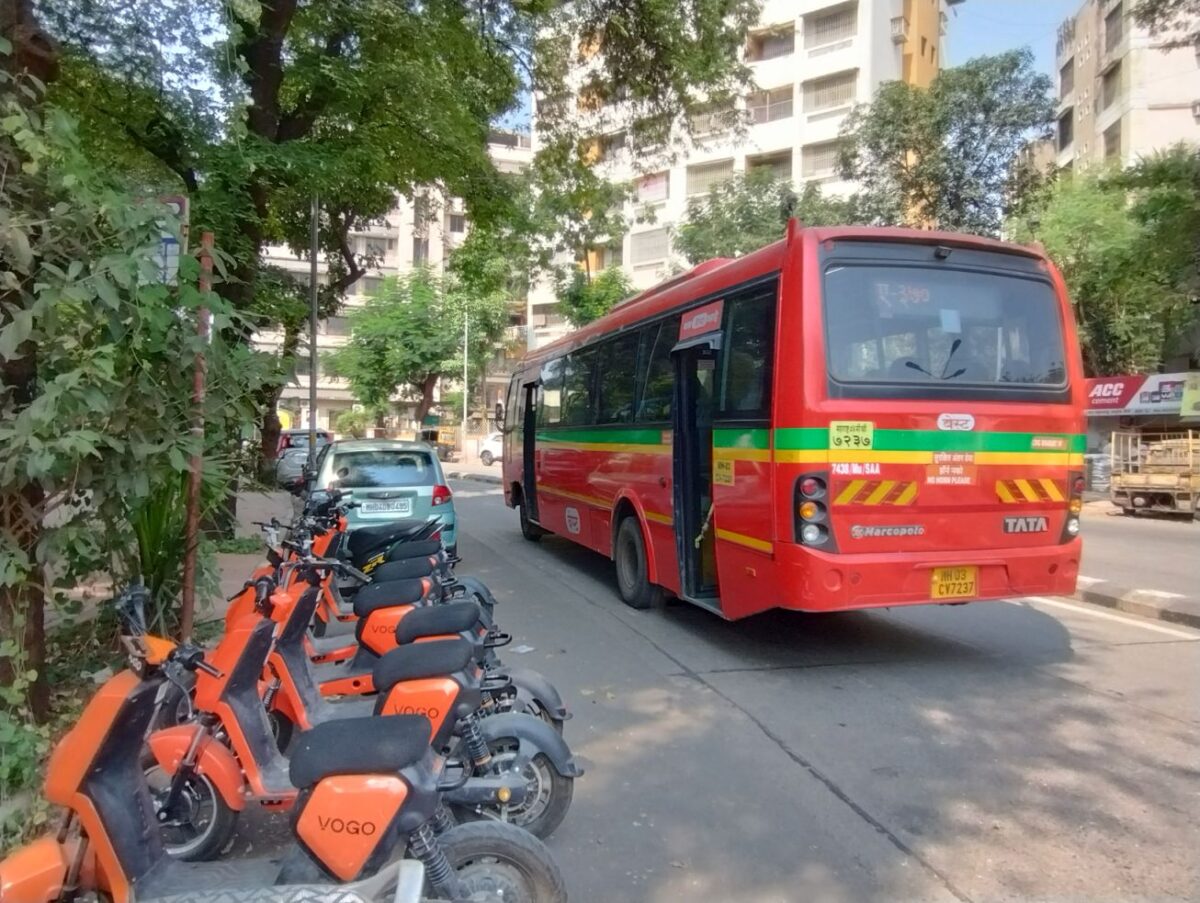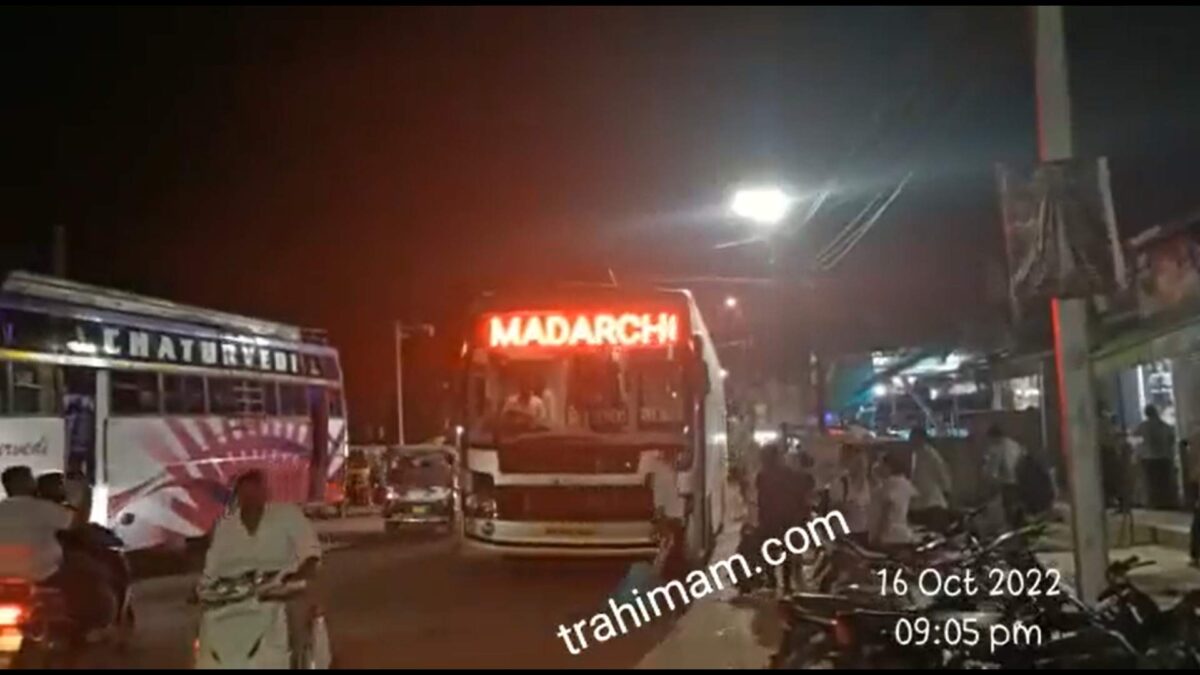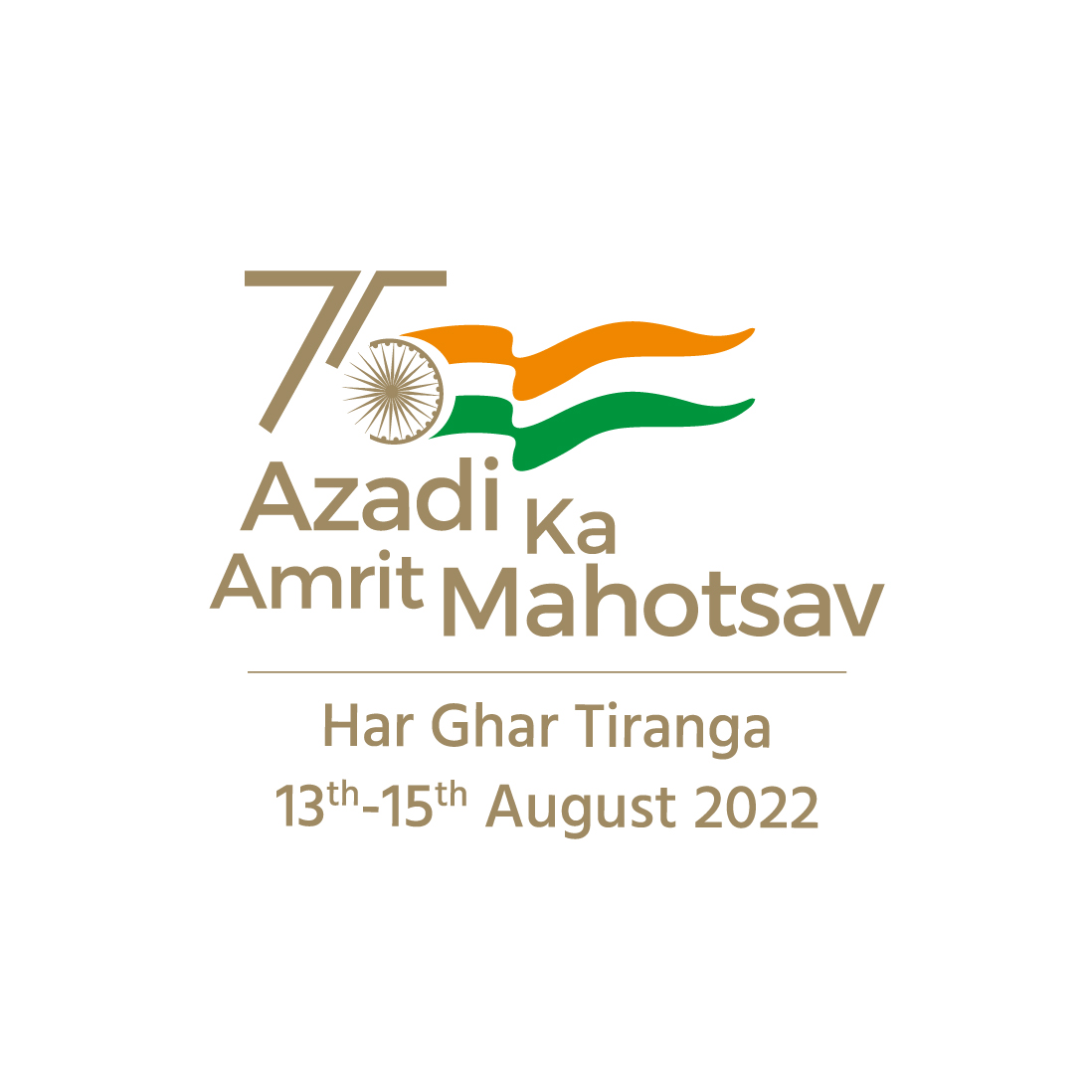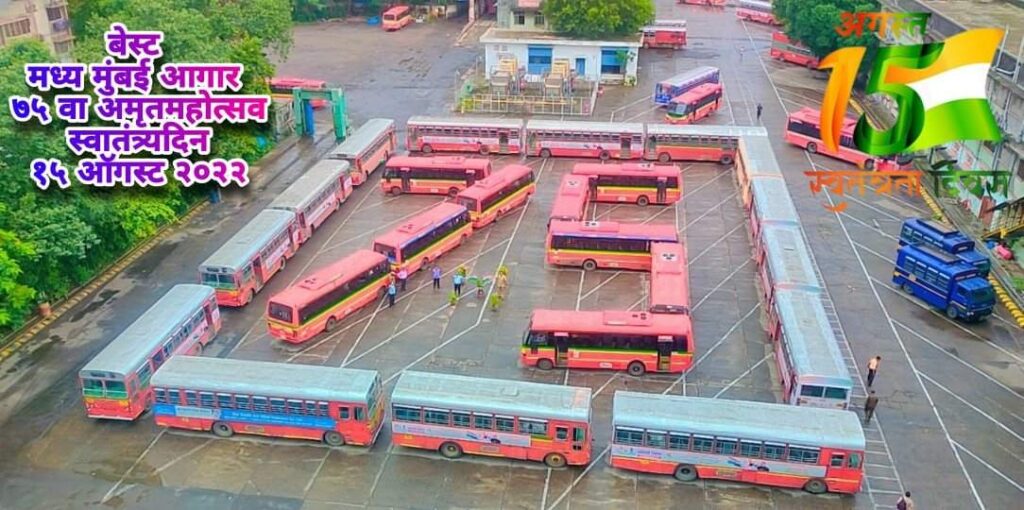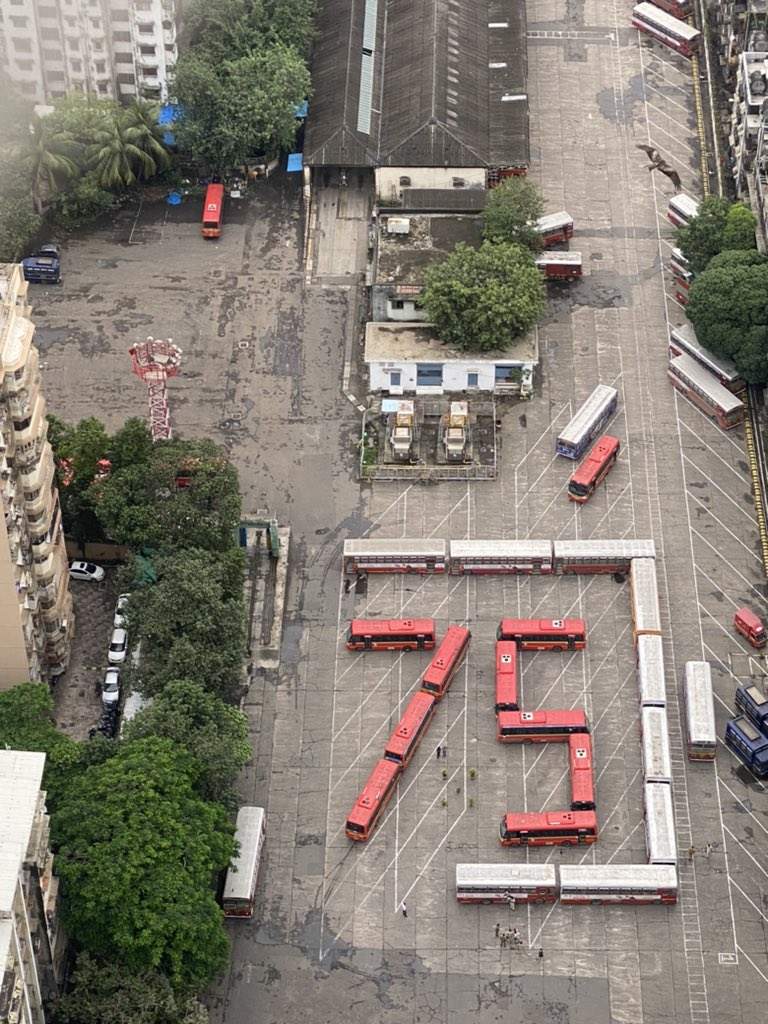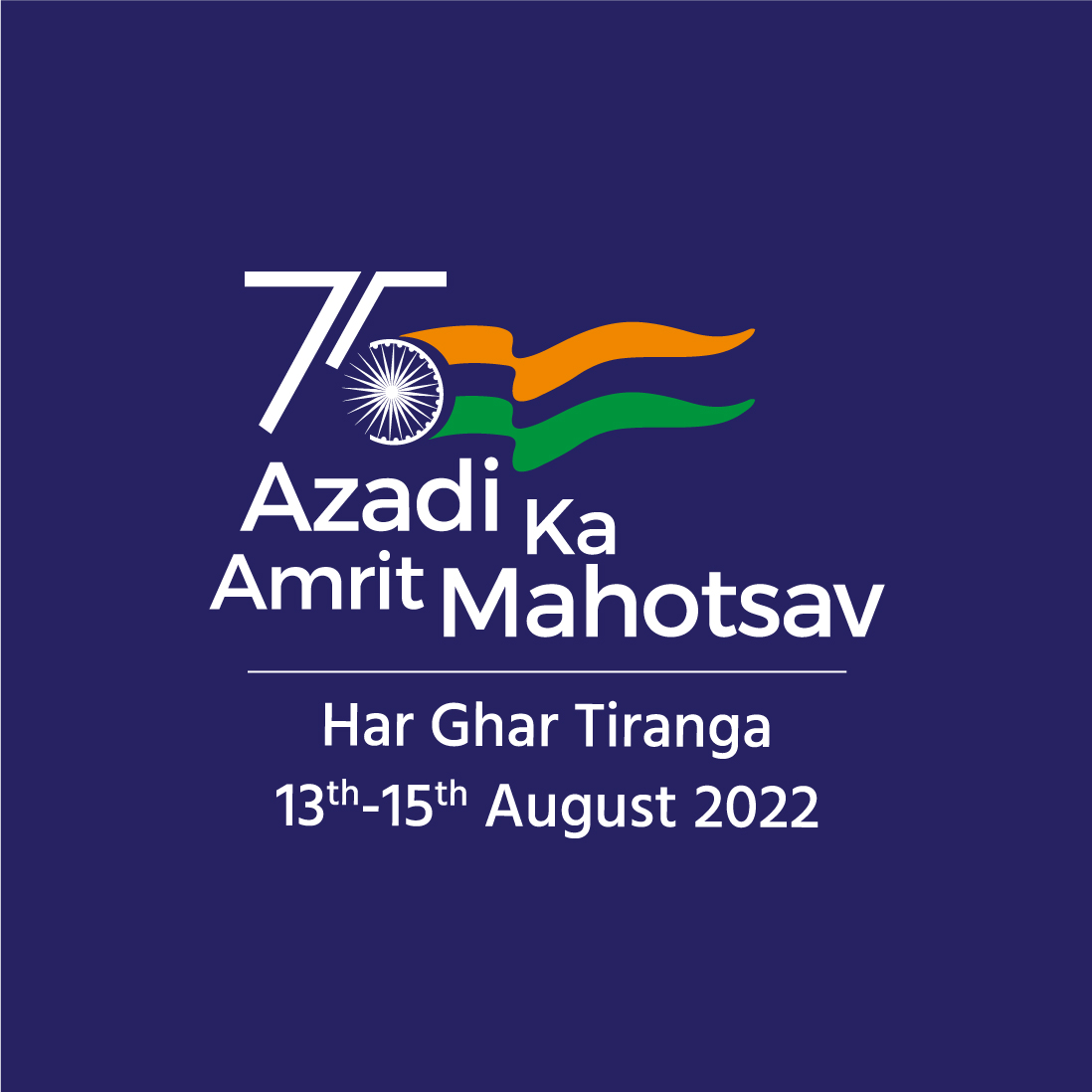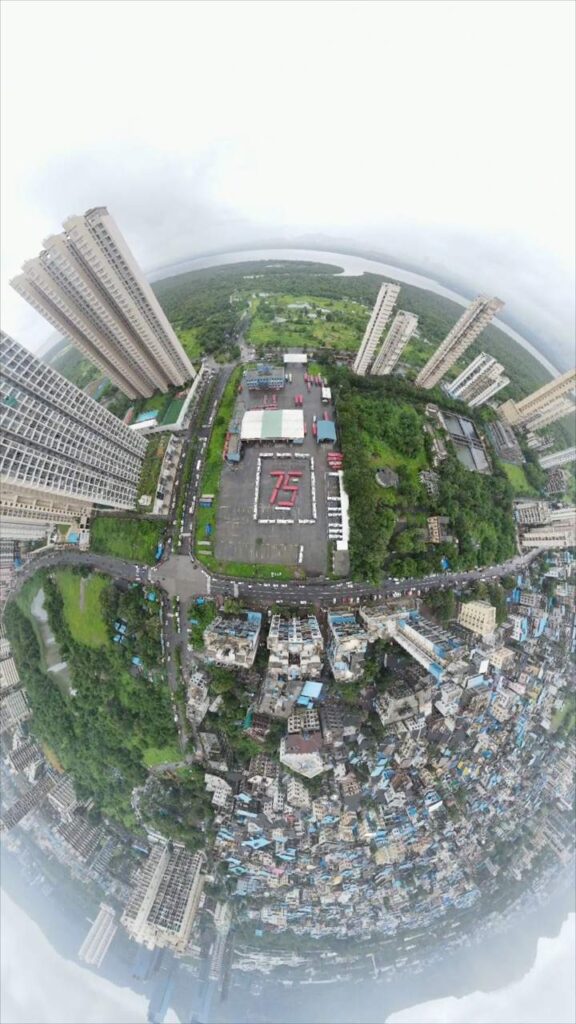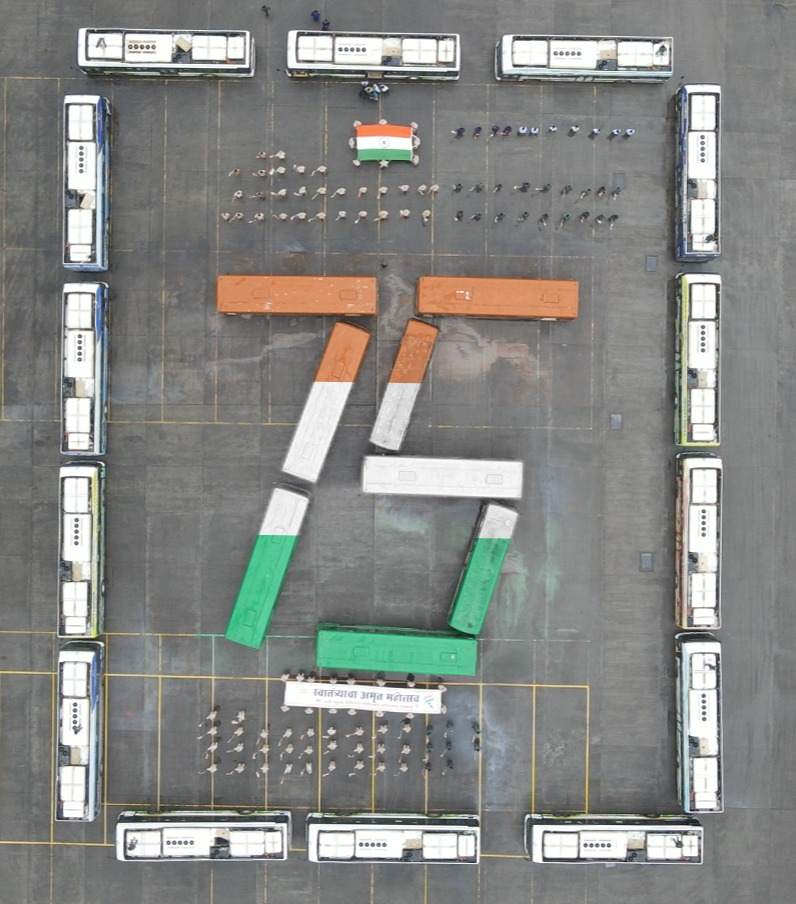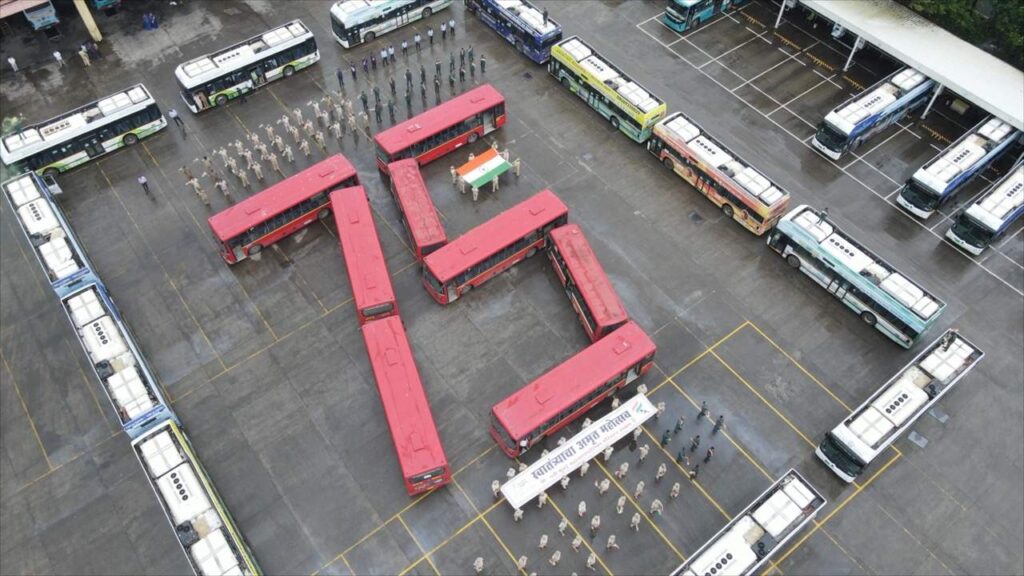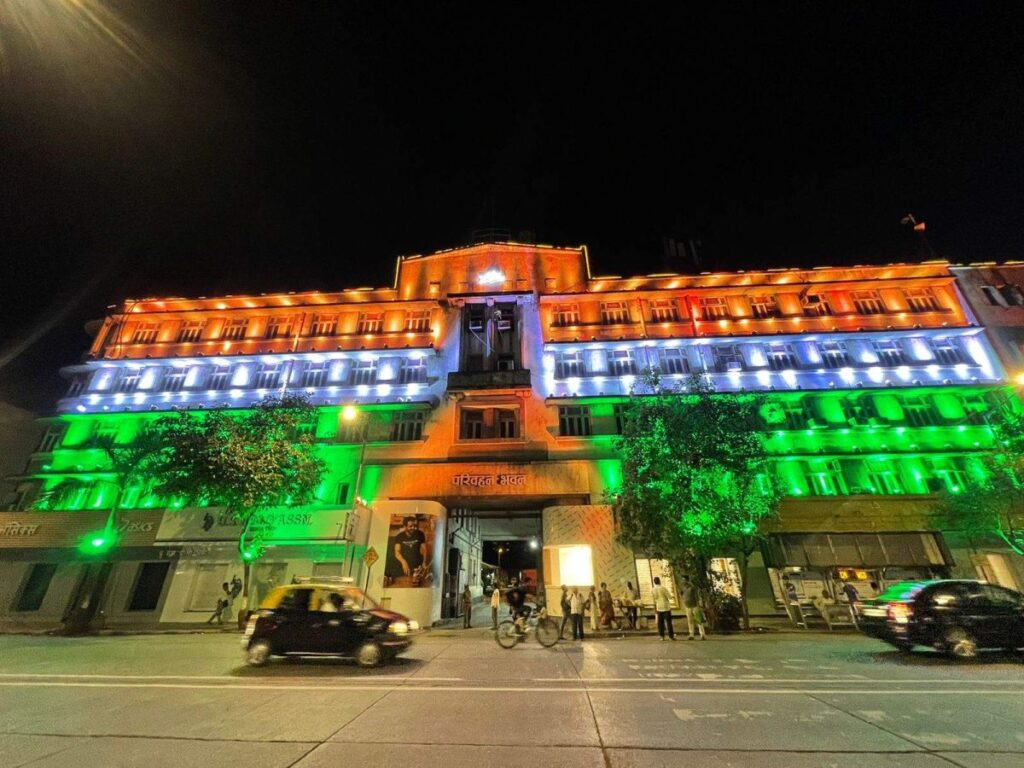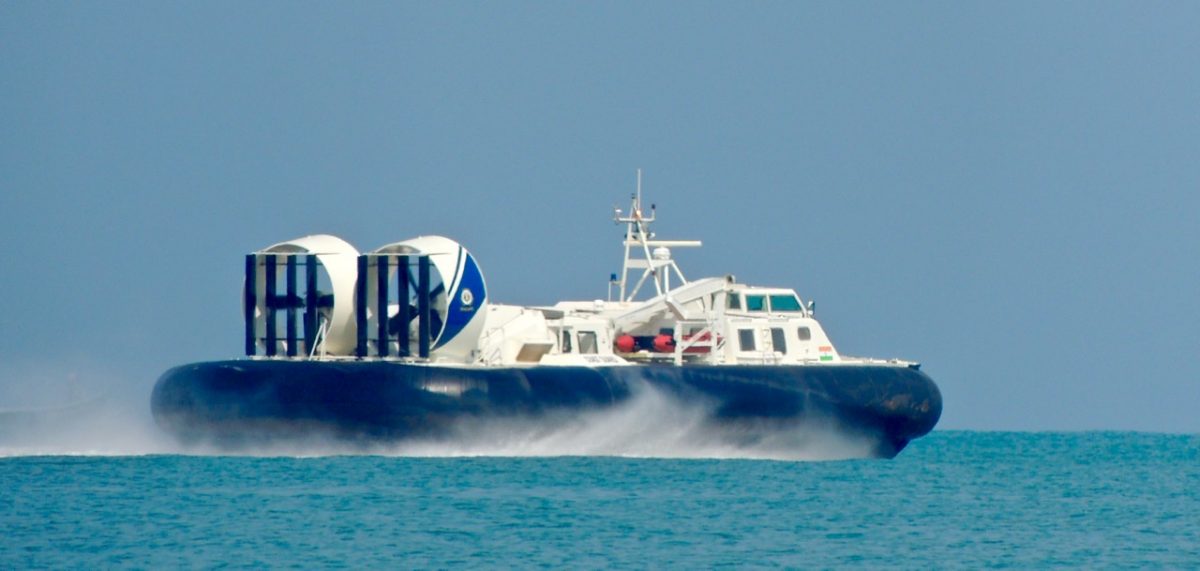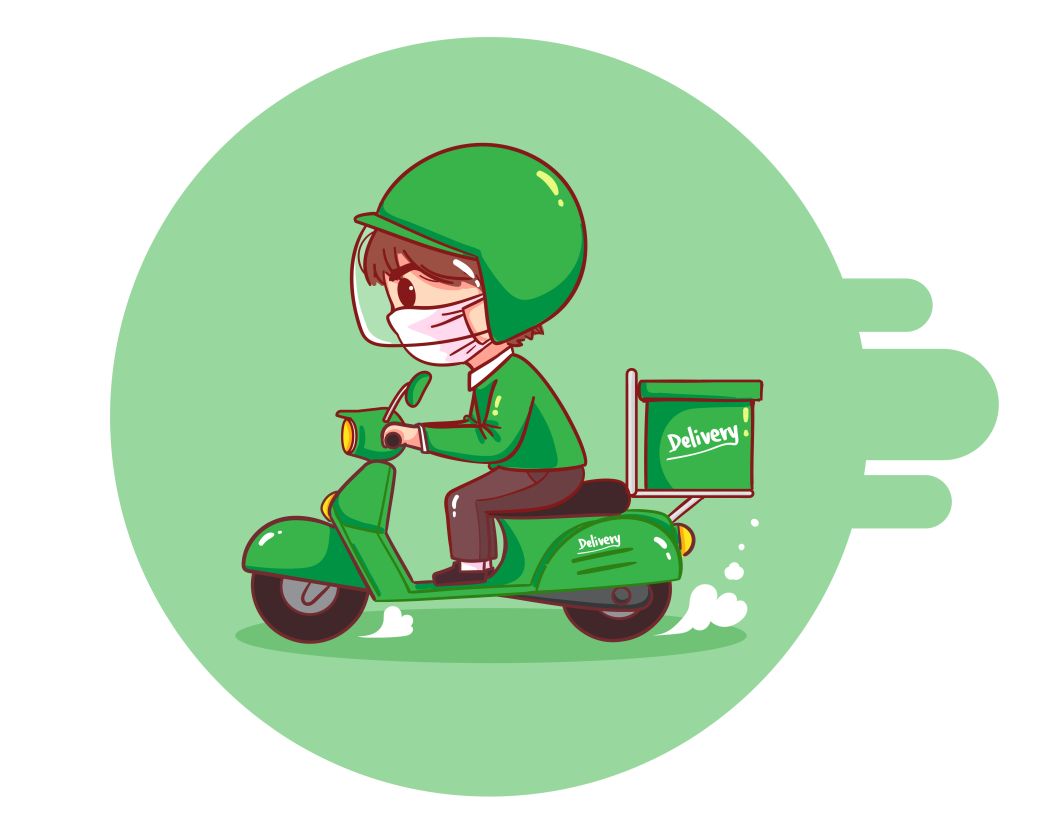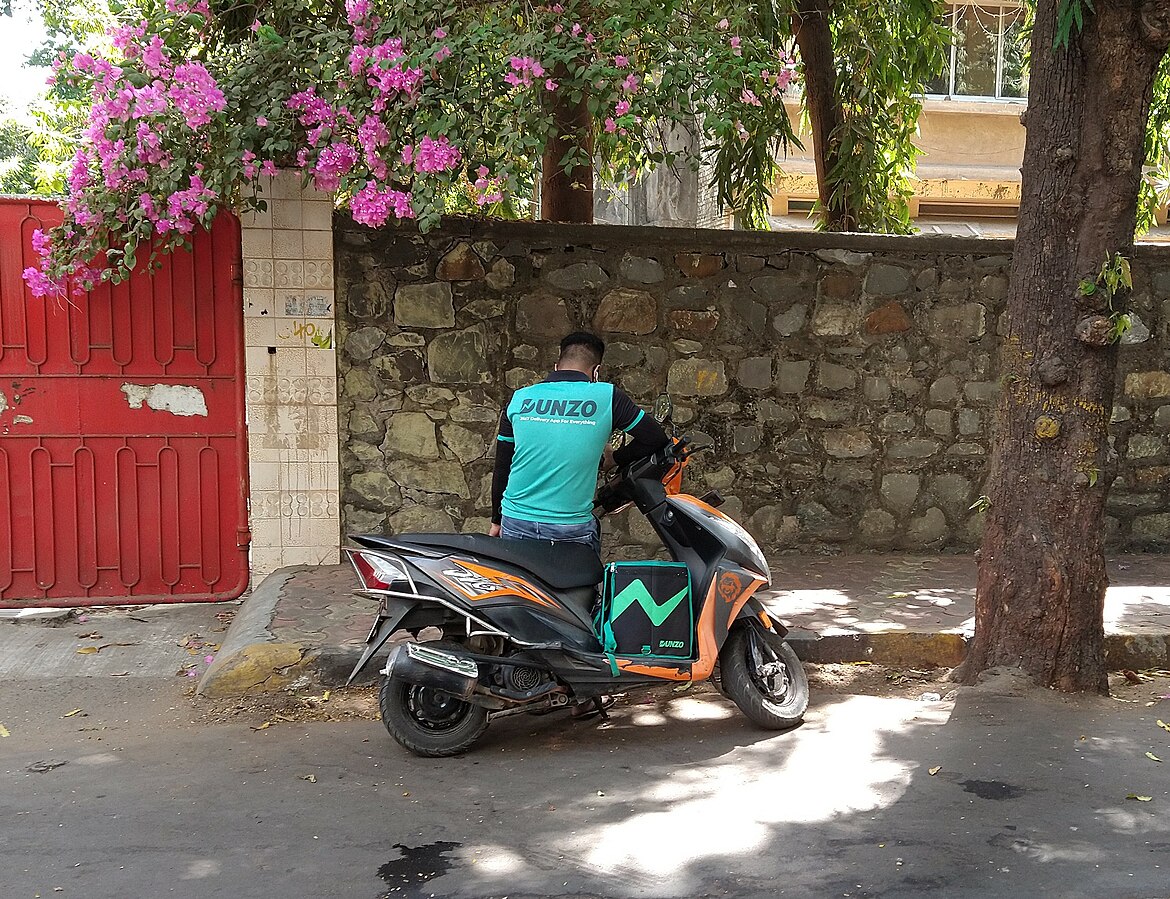Well, this might be too early to judge a product that has been newly introduced but I am concluding this after testing it for two weeks. Frequent interactions through time-to-time feedback and testing all the components from speed to brakes and acceleration, this is an in-depth review of my experience with Vogo in Mumbai.
The Brihanmumbai Electric Supply & Transport (BEST) Undertaking introduced electric scooters, aiming to provide last mile connectivity to passengers from bus stops to their homes. The service is provided by Vogo, a Bengaluru-based start-up running rental services through their App. Services was introduced in Andheri at first and slowly reached Mulund by November.
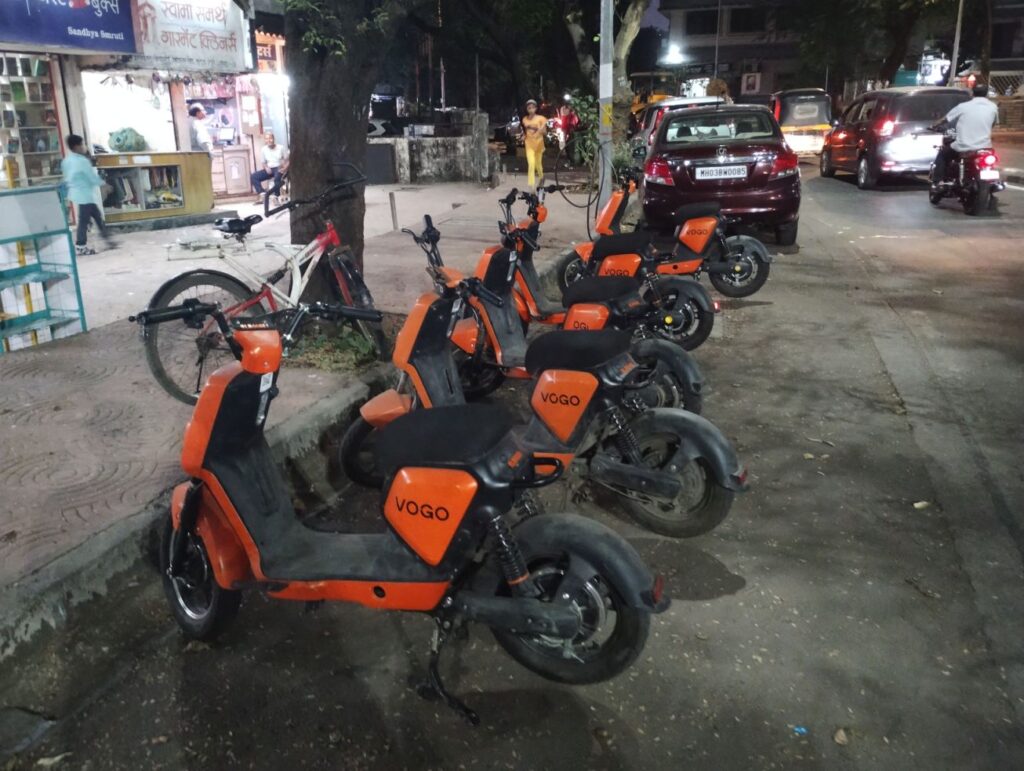
Overview
The tariff for renting an E-Scooter was earlier set as ₹3 per km, but later changed to ₹2 per minute. The app gives you around a minute or two to cancel the ride in the beginning but if in case you fail to do so, you are charged with the basic fare of ₹2. Now the catch is, if you are stuck in traffic or at a signal for a long time, the timer goes on ticking & ₹2 per minute continues to be charged in your fare (just like the waiting charge of an auto rickshaw would go). The scooters in use are White Carbon O3 – manufactured by Gandhinagar-based White Carbon Motors – that have the capacity to run up to 45 kilometre on a full charge. The top speed of this scooter is 25 km/hr which exempts riders from needing driving licence as per laws set for driving electric two wheelers in India. However, when it comes to handling it, one should have an experience of driving two-wheelers (which I do) to operate this vehicle. The acceleration and braking is good and the most importantly – the scooter comes with a loud horn – quite an essential element to drive on city roads.
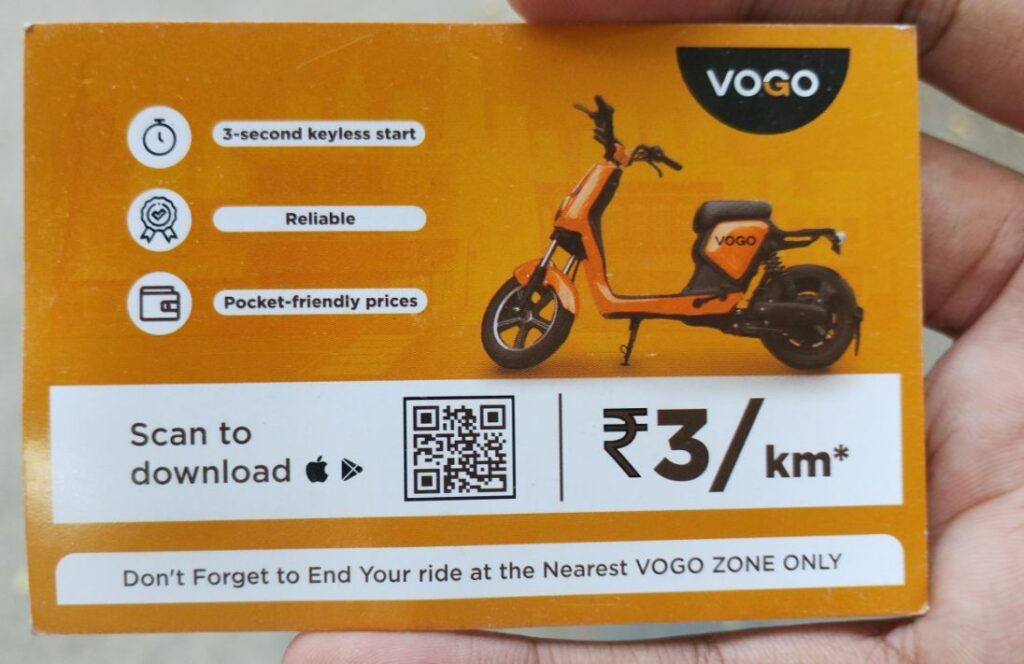
While I was initially unsure whether the batteries are swappable or not – they are, the scooter has a charging port right below the seat. Talking of the seat, it can only accommodate the driver, while there is a grab handle behind. Other variants of this vehicle come up with a carrier or a boot at the rear. The vehicle has keyless entry and gets locked/unlocked through the mobile app. One needs to ensure that both Bluetooth and mobile data are active when using the app.
Payments can be made by linking either an Ola money wallet, Amazon Pay or PayTM (which didn’t link successfully in my case) or paying a ₹100 refundable deposit in order to use other modes of digital payment like Net Banking, Credit or Debit Cards, or UPI. As of now, there is no tariff plan for a monthly or quarterly basis (a subscription plan), but I did suggest that they introduce one in the feedback. A recent chat with one of their ground staff ended with an update with Vogo switching to old fare chart of ₹3 per kilometre for near future.
Operations
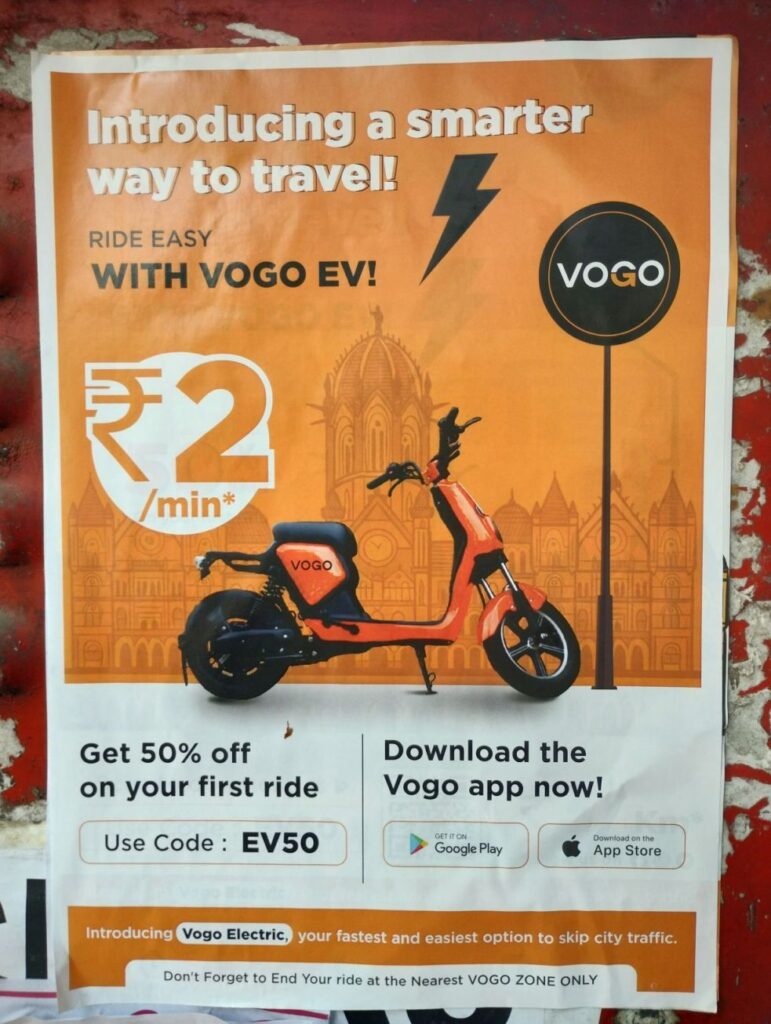
As per sources, the service centre for these scooters is located at Vikhroli which takes care of the electric scooters in the region from Ghatkopar to Mulund. The company has a tie-up with the Municipal Corporation of Greater Mumbai (MCGM) that gives them freedom to operate and park within the city. The app comes with a specific section for raising a refund request in case a challan is issued or the user has paid for the breakdown repair. In this case, the customer support executive is available on chat. Raising a grievance does take time since the mobile app is a bit complicated while finding the reasons to file a grievance. If you have an active ride at the moment of complaint, get ready to pay for the time that you wait. While ending the ride, the app asks to upload a picture of the landmark where vehicle is parked. While clicking the picture and uploading, it takes another minute wherein the user is charged an additional ₹2.
My experience after using the product-service
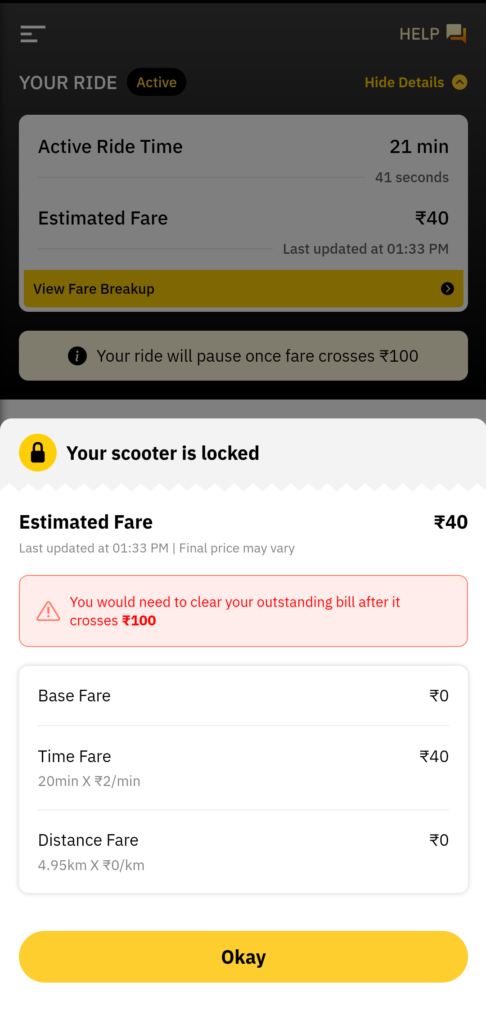
For the last two weeks, I have tested this product to its full potential just like how it tested my patience (more on that, later). The first ride was as smooth as butter, but it took time for me to finish the payment. One ride turned out to be tragic when the scooter I unlocked, was stolen by someone else. I was charged for the ride despite not driving the vehicle, for which raising a refund request took a week. Another tragic incident happened when I locked a scooter for some work and later on, it refused to unlock. I wasted a nice 20 minutes just trying to start the scooter but had to report a breakdown in the end. Luckily a refund was initiated quickly once the issue was brought to their notice.
My first ride started from a main road and went through the busy and narrow market road near the railway station. Traffic and pedestrians were the biggest obstacles here but thanks to the quick braking, I did not end up hitting any of them. The next ride, I took it across a rail-over-bridge, testing its ability to climb gradients. While I was earlier driving at 25 km/hr, the speed did not come down below 20km/hr while climbing. Taking the difficulty to next level, I did test it on a highway. Unfortunately, the scooter I was riding was locked to 20km/hr, so it was a boring ride. That day, I started from Tata Colony, Mulund for Nahur Railway Station, a route that has a two-minute-long signal at Bhandup Pumping Centre on its way. The wait at the traffic signal was the worst part since it added more to the fare and a speed lower than expected took more time to reach my destination, again charging me more. Throughout the ride, I stuck to the service road to stay away from high-speed traffic movement on Eastern Express Highway. The low speed does not fit on big roads. The last time I drove on the Eastern Express Highway was an electric bicycle in Thane operated by Coo Rides. The bicycle too had a speed limit of 25kmph (although majority of their bicycles are locked to 15 km/hr), it was the best riding experience since I drove through Majiwada traffic, Teen Hath Naka Flyover and the Kopri Rail Over Bridge. I did not get the same experience over here since the scooter was lagging in terms of speed.
Refund Speed
No matter how many flaws we may find in the operations, the process of initiating refund is quicker than expected. It is said that the money will be refunded in 5-7 business days, but it actually gets refunded in 5-7 minutes. The said incidents when I had raised a refund request and the day amount was debited from my account twice, while paying for deposit. In both the cases, my money was credited back the same day I had reported the problem.
Mishandling
Whenever there is a use, there is a misuse as well. For any app-based rental services in the city, users should be equally aware of how to use it. In the past two weeks, majority of the users seen in Mulund are the slum boys who take these scooters for a ride and end up breaking the hooks that are supposed to be used to hold your belongings. To make things worse, some scooters have the grips missing on their grab handles, some have broken wirings that connect to the accelerator, some scooters have their horns dimmed (some don’t even have them working), while some scooters have only one brake functioning. Each and every fault cannot be blamed to the users since the operator too should take care of servicing these vehicles from time to time. After every ride, the app asks for a rating and every single star rating is followed by a phone call from their customer support executive. The customer support is open to feedback that are well-explained, but action needs to be taken before it is too late.
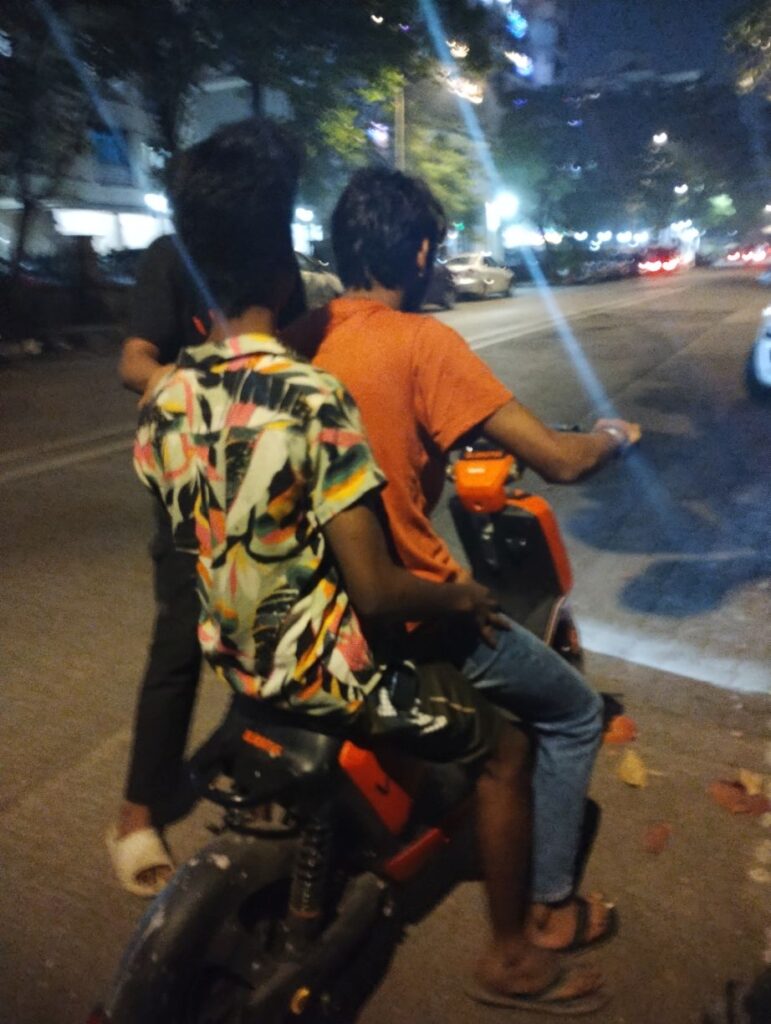
Conclusion
The experience using Vogo E-Scooters has created a neutral opinion at end of the day. The product is very handy that it can be used regularly but sometimes it equally irritates you into wanting to uninstall it forever. First things first, the Vogo stations need to be set up in between two bus stops where the distance is more in order to walk. If used correctly, Vogo rides are the best medium since it is slower then buses but faster than going anywhere on foot. The last mile connectivity promised by BEST is only possible if Vogo has a strong network in the city where after every second lane, a station is made available to lower the time taken for walking from the bus stop to the doorstep. The fare chart needs to be revised according to distance once again since the timer can result in riders driving fast and dangerous and could end up in an accident. The rate can be charged as ₹1 per 500 metres so that ₹2 per kilometre would prove a value for money. Or else ₹1.5 per 500 metre too is possible since payment anyway happens digitally. Monthly, quarterly and half yearly subscription plans with a limit of 5 kilometres can be rolled out so that people can use the scooters on a regular basis without worrying about making a payment after every ride.
The next suggestion is regarding BEST buses, which brings us to the title. The Undertaking should take the fleet expansion seriously and bring more buses within a year as time is ticking for the ones aged beyond fifteen years. Chalo was a major breakthrough in terms of digital payments in bus travel. Vogo can become a success but if BEST does not improve the service, both would end up being a distraction. Frankly, what is the use of booking a ticket on an app if the bus service itself is not reliable? The BEST Undertaking has entered the Endgame wherein either it will increase the service and win the trust of its users, or become ignorant to criticism with a dwindling bus fleet, till the day it is wiped out of existence.
Have you used a Vogo to get to a BEST bus? Do tell us your experience in the comments section.
Gandharva wrote a a follow-up review after two months; you can read it here:
Path To Inconvenience: Review Of Vogo E-Scooters After Two Months
Also Read:
Chalo, Aage Badho: Getting Familiar With BEST’s New App For Tickets
A Quick Guide To Using The Chalo Card On BEST Buses
A Ride In BEST Using The New Tap-In, Tap-Out System
I took a Rapido to work today, and now I want the government to legalize bike taxis
Featured Image: BEST Bus on A370 at Salviwadi, Mithagar Road, Mulund East (Photo: Gandharva Purohit for BESTpedia)
![]()
